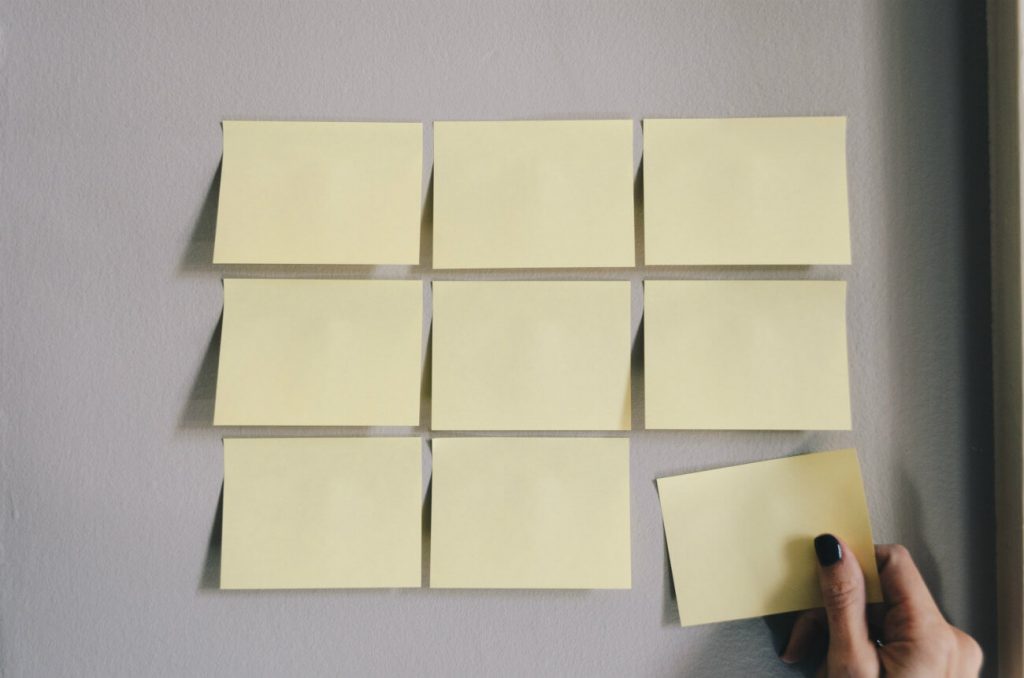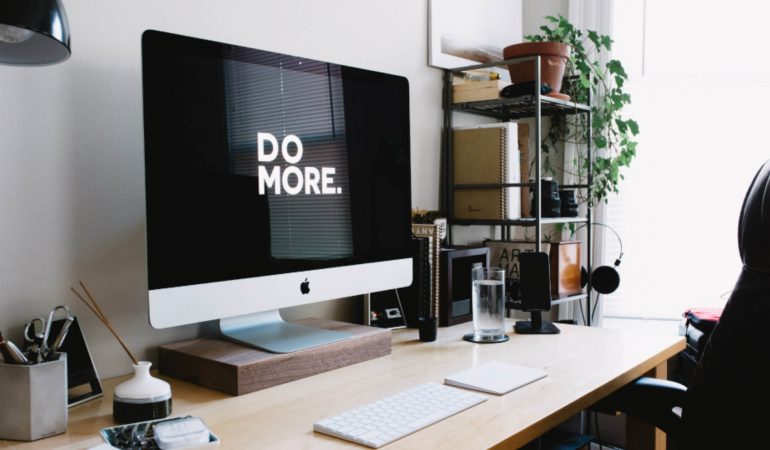GTD Flowchart Explained in Actions
Digital hoarding has been on the rise in recent years, but only lately are scientists starting to examine the phenomenon more closely.
The term arose from its similarity to the hoarding of physical objects, a psychological disorder many of us are familiar with due to TV shows on the subject. Digital hoarding is largely invisible, but doesn’t mean that it doesn’t have significant repercussions.
Digital hoarding stems from many of the same mental causes that physical hoarding does:
- People fear losing something important that they may need later
- People don’t know how to organize their digital content
- Keeping digital content is faster and easier than sorting through it
While having a hundred browser tabs open or a thousand icons on the desktop may be simply annoying to some, digital hoarding does have some more impactful consequences.
- Excessive clutter makes it difficult to locate needed files or material
- Unneeded files take up hard drive space that could be used on more relevant material
- Digital hoarding can make tasks such as reading email feel more difficult or overwhelming
- In the workplace, large numbers of hoarders consume server space and electricity
This feeling of additional mental strain, and time lost on looking for needed information, are both important reasons to reduce digital hoarding in the workplace, since it hurts productivity and performance.
This can seem especially difficult if the workplace has a culture where important communications and decisions are reached by email, and workers feel the need to store them and refer back to them.
But it’s not impossible to streamline your digital work life: in fact, it’s easy.
GTD Flowchart: The Heart of GTD is the Flowchart
With the Getting Things Done (GTD) system, decisions about what to keep and where to store it are made quickly, in real time, following a few simple rules and principles.
Using this system helps people quickly identify what is important and what isn’t, and deal with it accordingly, preventing a bloated inbox and excessive or redundant file storage.
At the heart of GTD is the flowchart. Using the GTD flowchart, “stuff” (emails, meeting notes, phone calls, messages, etc.) enter the system by way of a conceptual inbox.

Picture credit: http://riversidebusinesscoach.com
As you review your inbox (either literally checking email and messages, or abstractly by reviewing your tasks, projects, and assignments), the first thing to decide is whether a communication is actionable or not. In other words, do you need to do something with that information? If the answer is no, that stuff is either:
- Trash (throw it away immediately)
- Something to hold on to for future reference (make a reference folder and put it there)
- Something you may want to consider in the future (make a “someday” folder and put it there)
If the answer is yes, this is an actionable item, determine what the next step should be.
If it’s part of a larger project or an ongoing process, treat it accordingly and then determine what the next step should be. Once you’ve determined the next step, if it takes less than two minutes, do it immediately
If the next step will take longer than two minutes, either:
- Delegate it to someone else
- Add it to your to-do list
- Schedule time to work on it
Following this process may not eliminate digital hoarding, but it may eliminate some of the more troublesome consequences of hoarding, such as not knowing where to find things, and losing time sorting through your own files. It will also ease the mental strain of digital hoarding, by focusing the mind on what actions need to be taken and reducing the feeling of being overwhelmed.
Use a GTD App Along with GTD Flowchart
Using a GTD App like Flow-e along with the GTD flowchart is a great way to get organized and stay organized. Flow-e helps turn all that “stuff” into actions that are clear, organized, and visual, so it’s easy to see what’s Now and what’s Next.

Flow-e also makes it easy to prioritize, re-prioritize, schedule, and delegate tasks, so that no matter how much stuff comes in, you can stay on top of it.
Once you’ve used GTD and Flow-e to get you on top of your email, here are some other ways to reduce digital clutter and restore order to your digital life:
- Use rules and filters. Using email rules and filters, you can send certain kinds of files directly to their respective folders without taking the time to look at them and sort them manually
- Use archives and empty the trash. Use tools that move older messages into an archive and periodically empty your trash. Archiving reference material after 3 months and deleting trash after 6 months gives you ample time to refer back to it if needed, but saves storage space and reduces clutter
- If you are a file or icon hoarder, gather everything up into a folder and put a date on it. As you actively use files or programs, move them out of that folder. After 6 months, throw away the folder; if you haven’t used it in 6 months, you don’t need it
- If you’re like most people, digital photos are a huge source of clutter and excess storage, because they can be difficult to sort through and part with. It’s understandable to want to hold on to these, but it’s easier if you go through your recent photos every week and delete the bad ones. At least that way you’re not hoarding photos you didn’t want in the first place
It’s actually easier than you think to get organized and stay organized, and save time and boost productivity in the process.
By applying some simple rules to what you will keep and what you will do, and free yourself from having to look at, store, sort, or pay attention to too many things at once. And using the right tools and technology will help get you there.
Pictures credit:
1) Photo by Kelly Sikkema on Unsplash
2) Photo by Carl Heyerdahl on Unsplash

